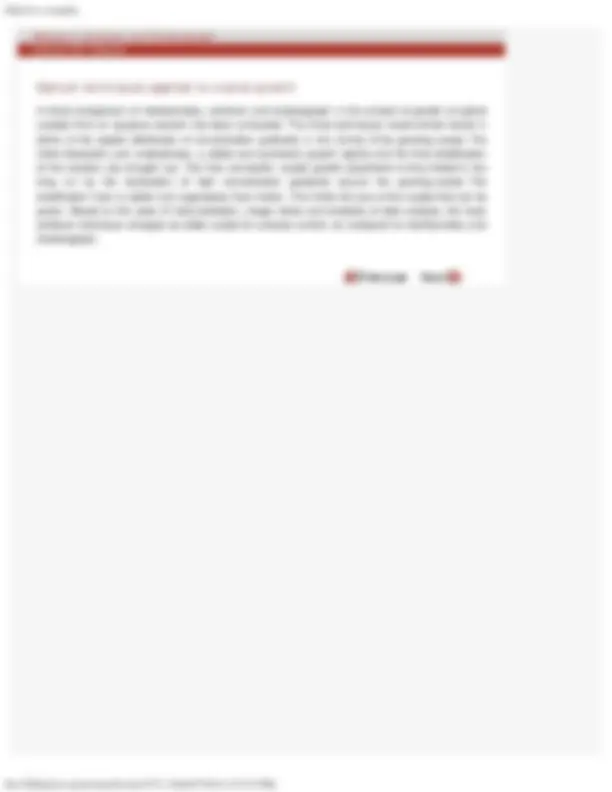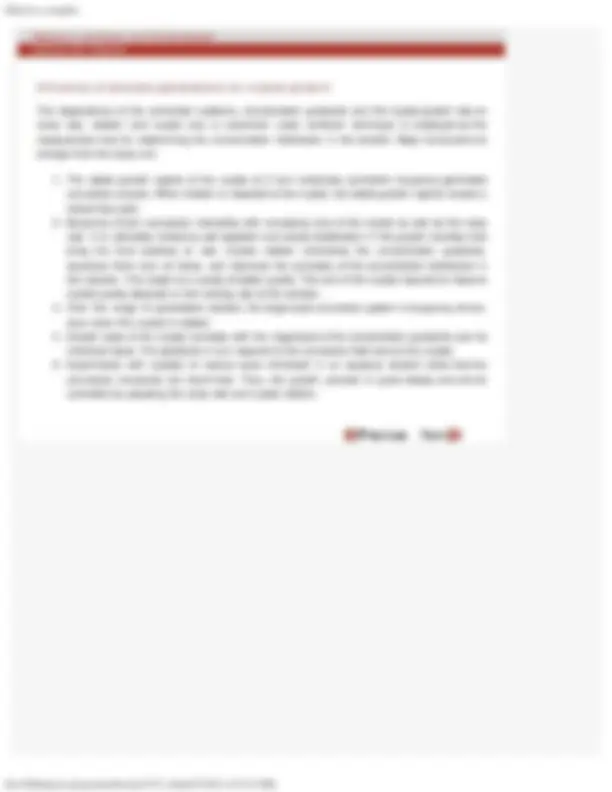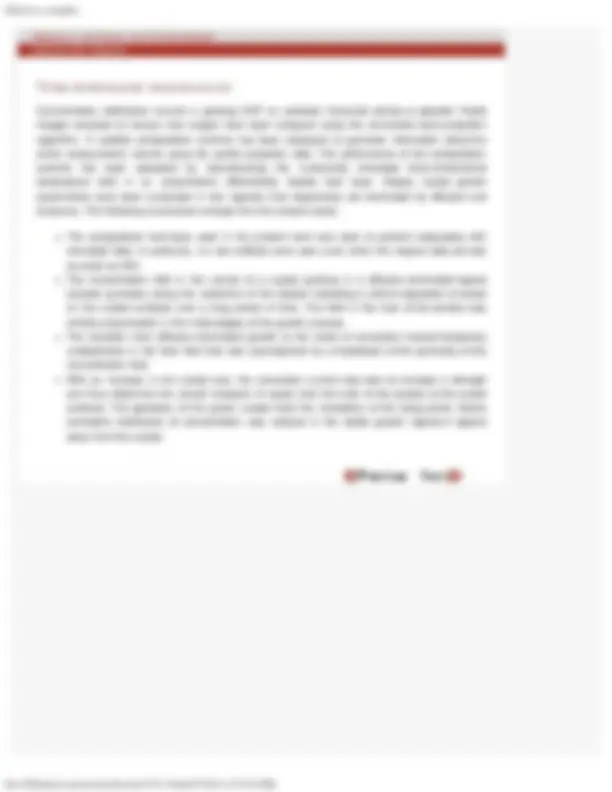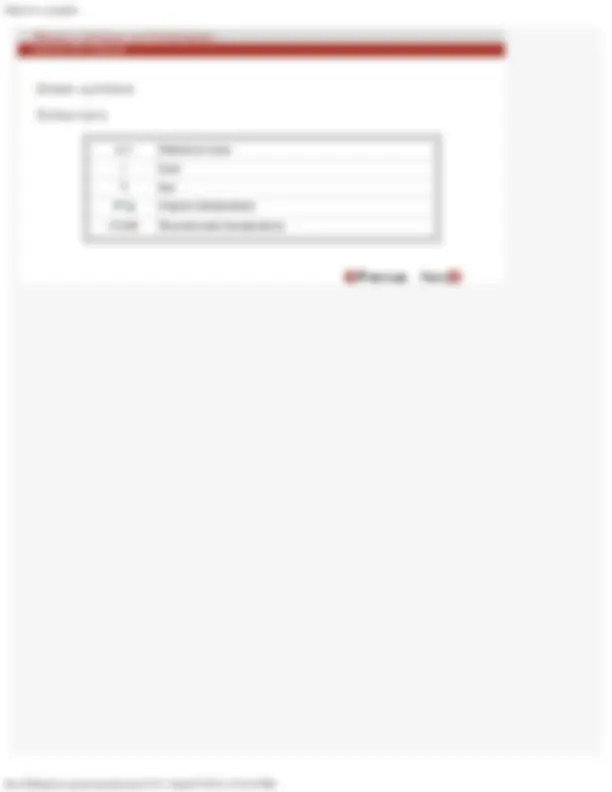






Study with the several resources on Docsity

Earn points by helping other students or get them with a premium plan


Prepare for your exams
Study with the several resources on Docsity

Earn points to download
Earn points by helping other students or get them with a premium plan
Community
Ask the community for help and clear up your study doubts
Discover the best universities in your country according to Docsity users
Free resources
Download our free guides on studying techniques, anxiety management strategies, and thesis advice from Docsity tutors
Some concept of Optical Measurement Techniques in Thermal Sciences are Absorption Techniques, Alternative Approaches, Calibration Details, Computerized Tomography, Convolution Backprojection. Main points of this lecture are: Heated Rectangular Cavity., Rectangular Cavity, Convection Patterns, Aqueous Solution, Optical Techniques, Based Optical Techniques, Refractive Index, Gradient Experiments, Rayleigh Number, Refraction Errors
Typology: Slides
1 / 8

This page cannot be seen from the preview
Don't miss anything!





Comparison of Optical Techniques Optical Techniques Applied to Crystal Growth Influence of Process Parameters on Crystal Growth Three Dimensional Reconstruction
The characterization of convection patterns around a crystal growing from its aqueous solution is the subject of the present discussion. The study has been conducted using three laser measurement techniques that rely on the variation of refractive index with density, and hence the solutal concentration. These techniques have been validated in a thermal buoyancy experiment in a rectangular cavity. Subsequently, they have been used to study convection patterns around the growing crystal for varying process parameters. While images contain line-of-sight averaged information in a vertical plane, the possibility of reconstructing concentration contours on horizontal planes has been studied via tomography. Experiments reported in the study show that convection does influence crystal growth rate as well as its quality. The laser measurement techniques succeed in capturing the solutal concentration field (or its derivatives) around the crystal. Hence they can be used for online process control. Specific conclusions arrived at are given in the following paragraphs.
Three refractive index-based optical techniques, namely interferometry, schlieren and shadowgraph have been applied to image the convective flow field in a differentially heated rectangular cavity. Air and water have been considered as working fluids. Experiments have been conducted over a wide range of temperature differences. The following conclusions have been arrived at in the present work.
The dependence of the convection patterns, concentration gradients and the crystal growth rate on ramp rate, rotation and crystal size is examined. Laser schlieren technique is employed as the measurement tool for determining the concentration distribution in the solution. Major conclusions to emerge from the study are:
Concentration distribution around a growing KDP on selected horizontal planes is reported. Partial images recorded at various view angles have been analyzed using the convolution back projection algorithm. A suitable extrapolation scheme has been employed to generate information about the entire measurement volume using the partial projection data. The performance of the extrapolation scheme has been assessed by reconstructing the numerically simulated three-dimensional temperature field in an axisymmetric differentially heated fluid layer. Steady crystal growth experiments have been conducted in two regimes that respectively are dominated by diffusion and buoyancy. The following conclusions emerge from the present study:
The extrapolation technique used in the present work was seen to perform adequately with simulated data. In particular, no new artifacts were seen even when the original data set was as small as 30%. The concentration field in the vicinity of a crystal growing in a diffusion-dominated regime showed symmetry along the centerline of the beaker indicating a uniform deposition of solute on the crystal surfaces over a long period of time. The field in the bulk of the solution was entirely axisymmetric in the initial stages of the growth process. The transition from diffusion-dominated growth to the onset of convection induced temporary unsteadiness in the flow field that was accompanied by a breakdown of the symmetry of the concentration field. With an increase in the crystal size, the convection current was seen to increase in strength and thus determine the overall transport of solute from the bulk of the solution to the crystal surfaces. The geometry of the grown crystal fixed the orientation of the rising plume. Nearly symmetric distribution of concentration was realized in the stable growth regime in regions away from the crystal.
Filter function
Cartesian coordinates, with z parallel to the direction of propagation of light
Reference value Cold Hot Original (temperature) Reconstructed (temperature)